Previously, rice production in Tien Giang was heavily traditional, depending heavily on manual labor and inputs such as seeds, chemical fertilizers and pesticides. The rate of mechanization in the sowing stage was still very low, people mainly used the broadcast sowing method, leading to seed waste, labor and high costs.
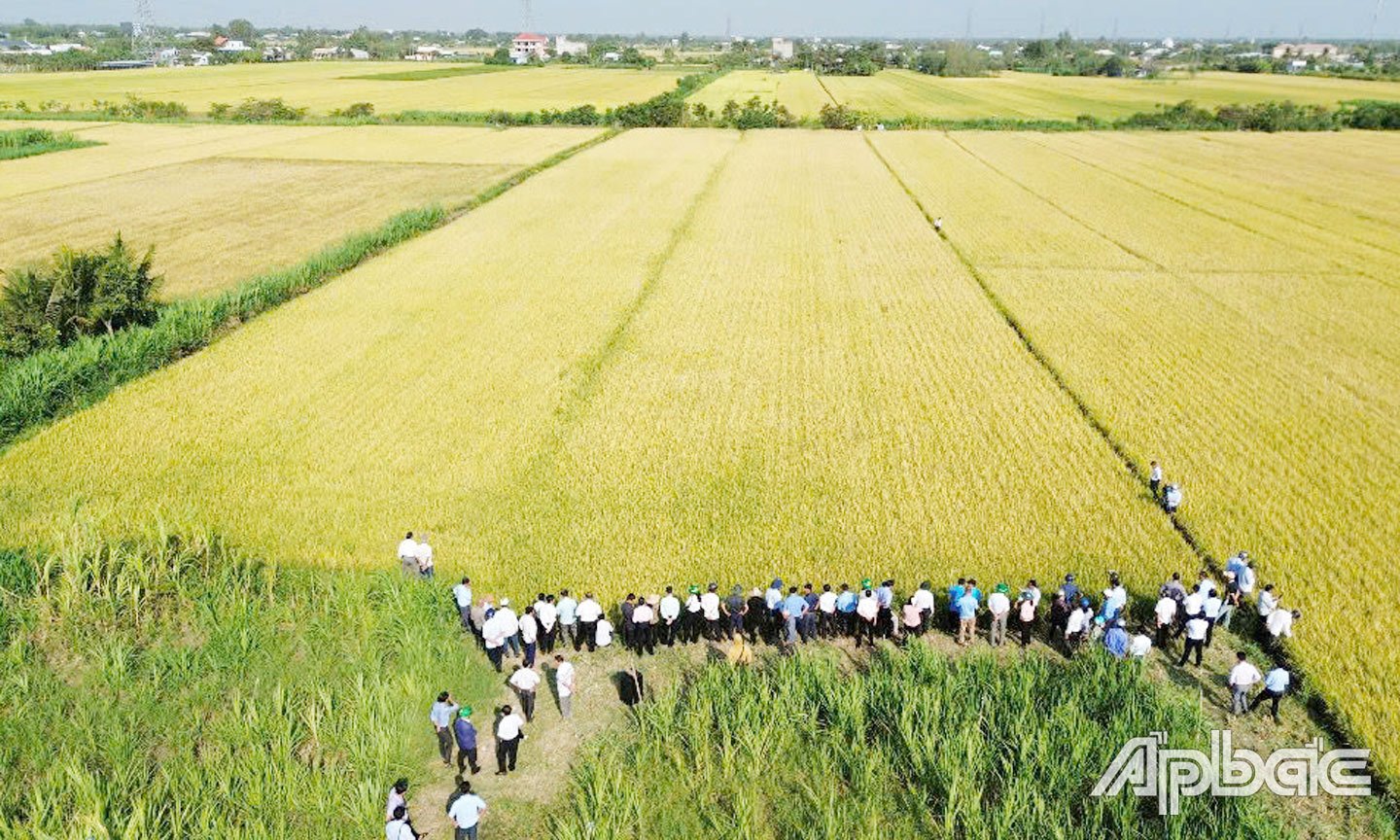 |
| Currently, in the whole Tien Giang province, there are a total of 15,356 hectares applying high technology in rice production. |
In addition, the abuse of nitrogen fertilizers and spraying of pesticides without following recommendations affects the environment, health and quality of agricultural products. Farmers' income from rice cultivation is much lower than that from other crops.
Rice production is also greatly affected by climate change, drought - salinity and lack of irrigation water. Faced with these shortcomings, Tien Giang has built and implemented the project "High-tech rice production area for the period 2018 - 2020 and orientation to 2025" with the goal of applying high technology to rice cultivation to improve productivity, quality, economic efficiency and environmental protection.
According to the Department of Agriculture and Environment, the project is being implemented in four key districts: Cai Be, Cai Lay, Go Cong Tay and Go Cong Dong, with a total area of 15,356 hectares by 2025; of which, the replication area will reach 14,544 hectares (94.9% of the plan).
4 high-tech demonstration sites were built since 2020 with an area of 40.7 hectares, equipped with a 3-in-1 transplanting machine system, automatic watering control sensors, using smart fertilizers, high-quality rice varieties and advanced production processes of "3 reductions, 3 increases", "1 must, 5 reductions".
In addition, the project focuses on technical training, organizing 743 training courses and 28 TOT/TOF classes for key officials and farmers; at the same time, promoting propaganda, publishing technical documents, model signs and organizing field trips.
After 8 years of implementation, the project has brought impressive results. The average rice yield reached 6.97 tons/ha, an increase of 0.36 tons/ha compared to outside the model and higher than the average yield of the whole province before 2018. The average profit reached 27.15 million VND/ha/crop, 15% higher than traditional production thanks to a sharp reduction in input costs.
Based on the results achieved in the first phase, localities have continued to proactively implement the project in their areas. In particular, Cai Be district has a project implementation scale of 3,055 hectares; of which, the Department of Agriculture and Environment implements 600 hectares, the district 2,455 hectares in the period 2018 - 2022.
According to the Department of Agriculture and Environment of Cai Be district, by the period of 2023 - 2025, the district has basically implemented the project on 2,545.86 hectares, exceeding the plan by 88.86 hectares in the communes: Hau My Bac A, Hau My Bac B, Hau My Trinh, Hau My Phu, My Hoi, My Trung, Thien Trung, My Tan, My Loi B with a support amount of over 10 billion VND. Every year, the district organizes dozens of seminars for farmers with the content of guiding the application of high technology in rice production, transferring science and technology so that people participating in the project can achieve the highest efficiency.
NOT ONLY ECONOMIC EFFECTIVE
Through the synchronous implementation of all levels, the project has brought about practical results. Specifically, the project has helped farmers reduce the amount of seeds sown from 180 - 200 kg/ha to 100 - 120 kg/ha. Farmers have switched to using slow-release fertilizers, reducing 30 - 40 kg of nitrogen/ha; applying IPM has helped reduce 2 - 3 sprayings/crop; saving 1 - 2 waterings thanks to alternating dry irrigation.
Thanks to that, production costs are reduced, rice quality is higher, suitable for consumption and export markets. Through the application of high-tech rice cultivation techniques, rice areas with good quality are contracted by enterprises and supported with techniques and outputs such as at the Agricultural Service Cooperative of My Thanh Nam Commune, Cai Lay District.
Mr. Le Van Hung, Director of My Thanh Nam Agricultural Service Cooperative, said that since 2020, members of the cooperative have participated in the project. By 2021, the cooperative had partnered with ADC Company and was certified with GlobalGAP.
In the period of 2021 - 2023, the Cooperative was supported by the Center for Agricultural Extension and Services and ADC Company to build raw material areas and apply organic rice production processes with 50 hectares meeting standards by 2024. In the winter-spring crop of 2024, members of the Cooperative participating in the project were guaranteed output at a price of 10,500 VND/kg, higher than before participating in the project, so farmers were very excited.
Not only is it economically efficient, the high-tech rice production model creates positive changes in farmers' awareness and production thinking, forming a force of highly skilled farmers - a key factor for modern agricultural development.
Many localities outside the project scope such as Go Cong City, Cai Lay Town and Chau Thanh District have proactively replicated the model with an area of up to 2,120 hectares. The project also creates a foundation for Tien Giang to effectively implement the Project of 1 million hectares of high-quality and low-emission rice according to the Government's green development orientation.
According to the Department of Agriculture and Environment, in the coming time, the Department will continue to integrate the project's content with the Project of 1 million hectares of high-quality, low-emission rice in the direction of green development to synchronize techniques, policies and resources.
Along with that, the Department increased investment in upgrading irrigation infrastructure and intra-field traffic to serve large-scale production; promoted the transfer of technical advances, expanded demonstration models, and provided in-depth training to farmers and cooperatives. Preferential credit support for farmers continued to be promoted and encouraged businesses to participate in production-consumption linkages.
In particular, the Department will prioritize the application of digital technology, sensors, and automation in irrigation, pest management, and weather forecasting to improve productivity and reduce costs; at the same time, review the planning of stable rice growing areas, limit spontaneous conversion to other crops, and ensure concentrated, large-scale, and sustainable raw material areas.
C. WIN
Source: https://baoapbac.vn/kinh-te/202505/tien-giang-hieu-qua-tu-ung-dung-cong-nghe-cao-trong-san-xuat-lua-1043316/



![[Photo] Top players gather at the 2025 Nhan Dan Newspaper National Table Tennis Championship](https://vphoto.vietnam.vn/thumb/1200x675/vietnam/resource/IMAGE/2025/5/23/9ad5f6f4faf146b08335e5c446edb107)




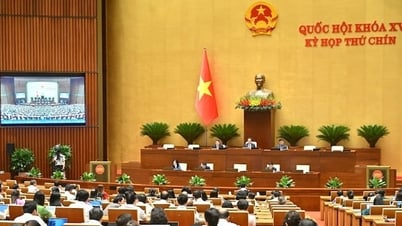



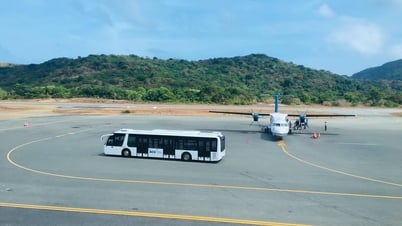

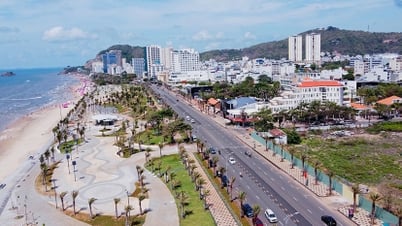
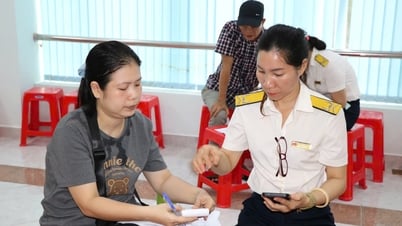
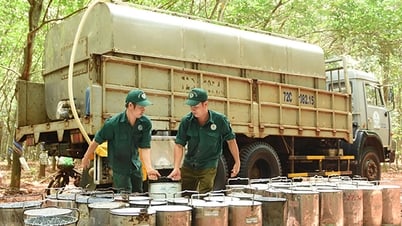




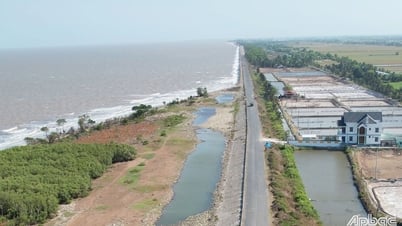
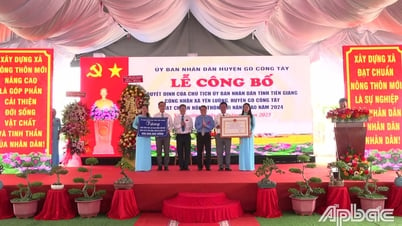
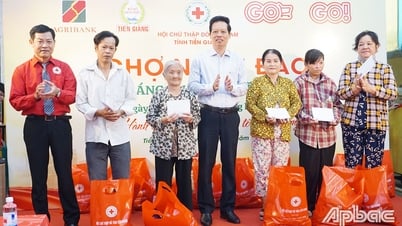
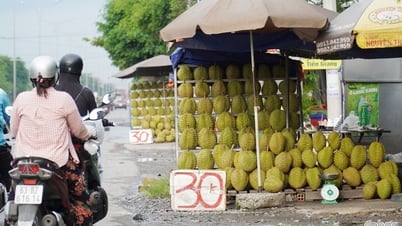















































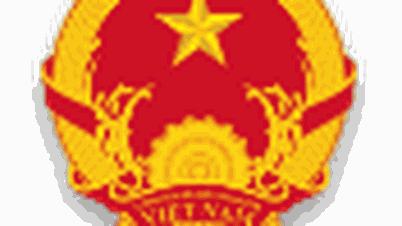

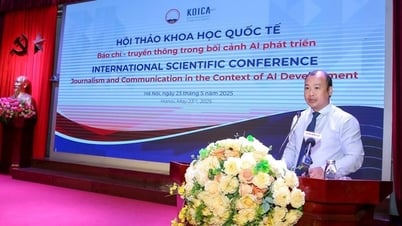
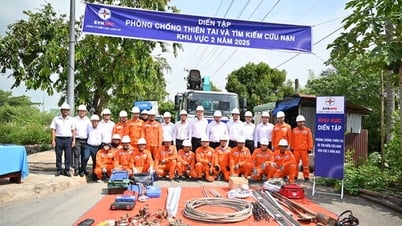

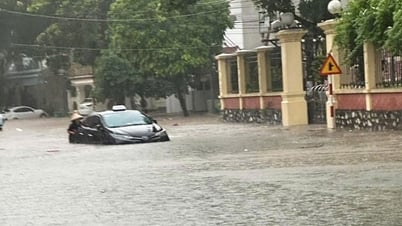
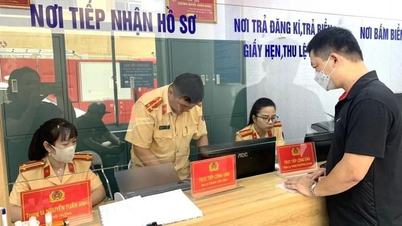














Comment (0)